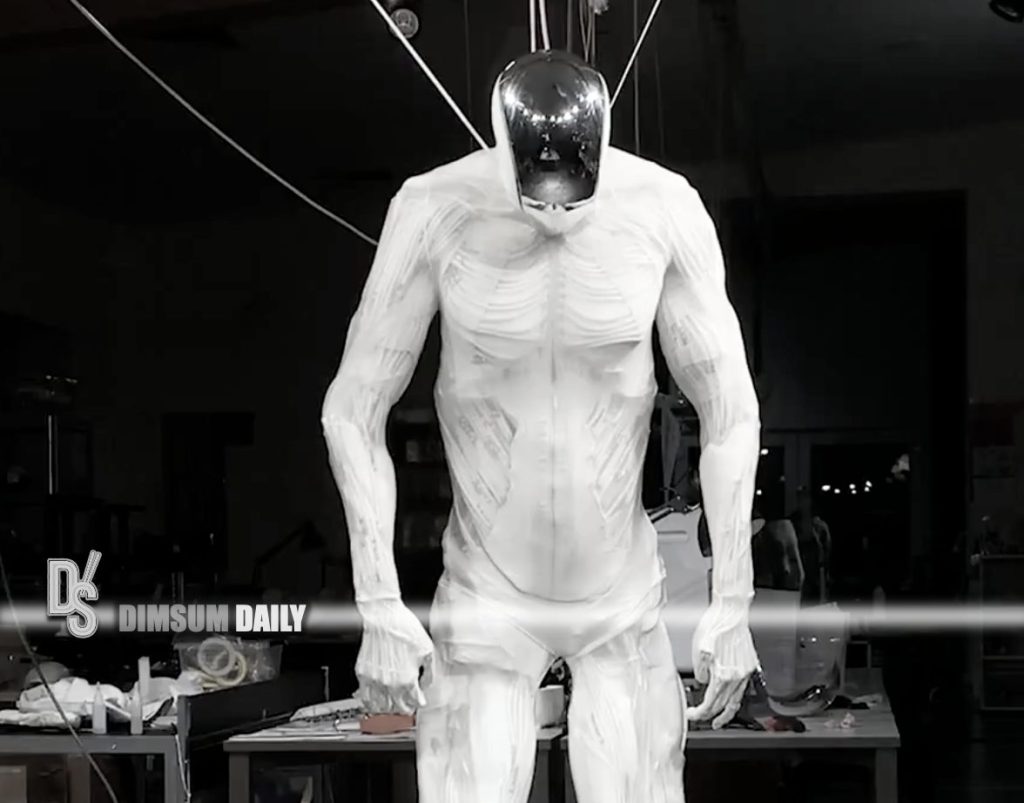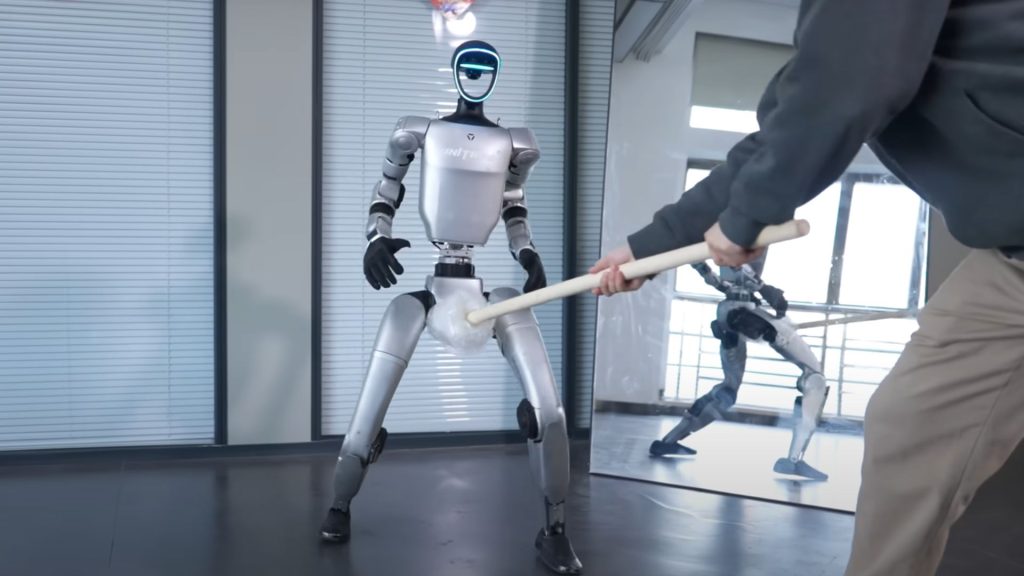
Bipedal Musculoskeletal Android Unveiled
Introducing Protoclone V1
Clone Robotics has taken a monumental leap forward in humanoid robotics with the unveiling of Protoclone V1. This bipedal musculoskeletal android emulates human anatomy and movement with an accuracy never seen before. The innovative machine features over 200 degrees of freedom, 1,000 myofibers, and 500 sensors. These components work together to recreate the subtle nuances of human motion.

Advanced Engineering and Design
Developed by Clone Robotics, Protoclone V1 integrates synthetic systems that imitate human skeletal, muscular, and neural functions. Mechanical precision and intricate sensor integration allow the device to perform dynamic movements that resemble a living human. Industry experts see this as a definitive milestone in robotics.
Live Demonstration and Public Reaction
During its unveiling, Protoclone V1 demonstrated coordinated movements that left audiences in awe. The android walked, bent, and twisted with surprising fluidity. Observers noted that its design goes beyond functionality. It embodies years of research in biomechanics, robotics, and artificial intelligence. Every element of its construction aims to reduce the gap between synthetic and natural motion.
Real-World Applications
Protoclone V1’s engineering allows it to adapt to multiple environments. Its sensors continuously monitor position, balance, and movement. This real-time feedback enables seamless adjustment when navigating different terrains. In healthcare, it could assist in surgeries or provide mobility support. In manufacturing, it could improve efficiency and reduce workplace risks. The potential applications extend to personal assistance, where a lifelike android could revolutionize home automation.
Addressing Ethical Concerns
Despite enthusiasm, some critics express concerns about job displacement and human interaction. Clone Robotics emphasizes that Protoclone V1 is designed to augment human capabilities rather than replace them. The android’s adaptability suggests future iterations could interact naturally with humans, easing concerns about robotic integration into daily life.
Looking Ahead
Protoclone V1 has generated significant buzz on social media. Videos showcasing its lifelike motions have gone viral. This public interest highlights the growing demand for human-centered robotic solutions. As Clone Robotics refines its technology, Protoclone V1 stands as a symbol of progress. The journey toward human-like machines is unfolding, and the possibilities are endless.
Protoclone V1 is more than a technological marvel. It represents the merging of mechanical and biological precision. As Clone Robotics continues its innovations, the vision of robots as trusted companions inches closer to reality.

